In the ever-evolving landscape of agriculture, a groundbreaking revolution is unfolding – the Agricultural Revolution 2.0, a paradigm shift towards vertical farming and high-yield crops that transcend traditional soil-based cultivation. This innovative approach aims to redefine the future of agriculture by maximizing productivity while minimizing environmental impact.
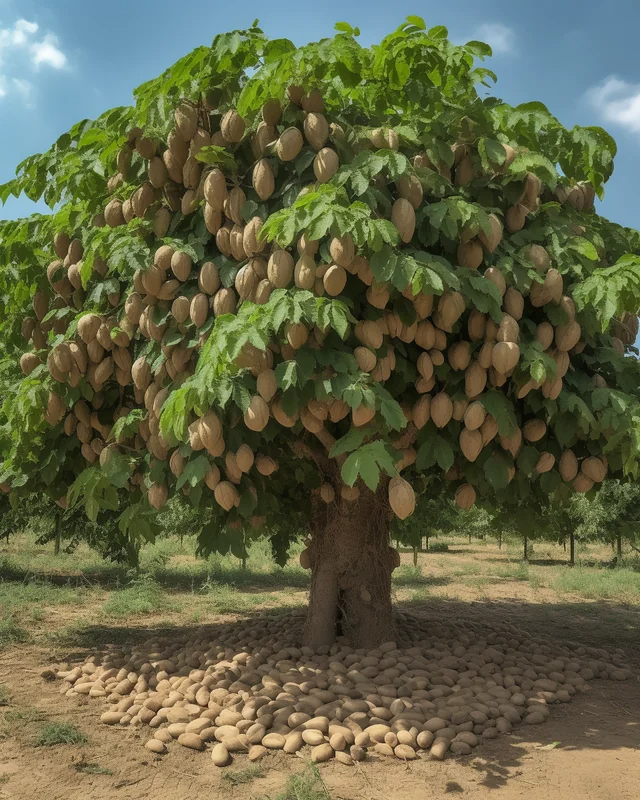
One of the key advancements in this agricultural transformation is the cultivation of high-yield crops using vertical farming techniques. Unlike conventional agriculture, which relies on vast expanses of land, vertical farming harnesses the power of controlled environments, where crops are cultivated in vertically stacked layers. This vertical integration allows for year-round cultivation, immune to the constraints of weather and seasonality.

At the forefront of this revolution are high-yield crops specifically engineered for vertical farming systems. These crops boast superior productivity compared to their traditional counterparts, offering a remarkable leap in harvest yields. Through precise control of environmental factors such as light, temperature, and nutrients, these crops flourish in optimized conditions, resulting in faster growth rates and more abundant yields.
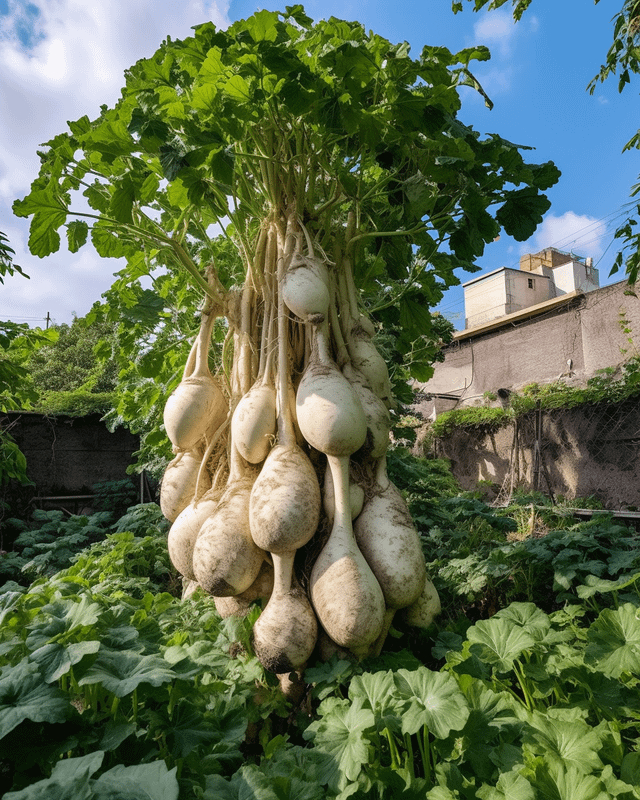
Moreover, vertical farming minimizes the need for pesticides and herbicides, creating a more sustainable and environmentally friendly agricultural model. The controlled indoor environment reduces the risk of pests and diseases, further enhancing the overall quality and safety of the produce. This not only addresses food security concerns but also promotes healthier, more nutritious crops for consumers.

The benefits of vertical farming extend beyond increased productivity. The efficient use of space and resources reduces the ecological footprint associated with traditional agriculture, paving the way for more sustainable food production practices. Additionally, the proximity of vertical farms to urban centers shortens supply chains, reducing transportation-related carbon emissions and contributing to a more resilient and localized food system.

As the world grapples with the challenges of feeding a growing population in the face of climate change and dwindling resources, the Agricultural Revolution 2.0 offers a promising solution. Through the adoption of high-yield crops and vertical farming techniques, we are witnessing a transformative shift in agriculture—one that holds the potential to revolutionize the way we cultivate, harvest, and sustainably nourish our global community.
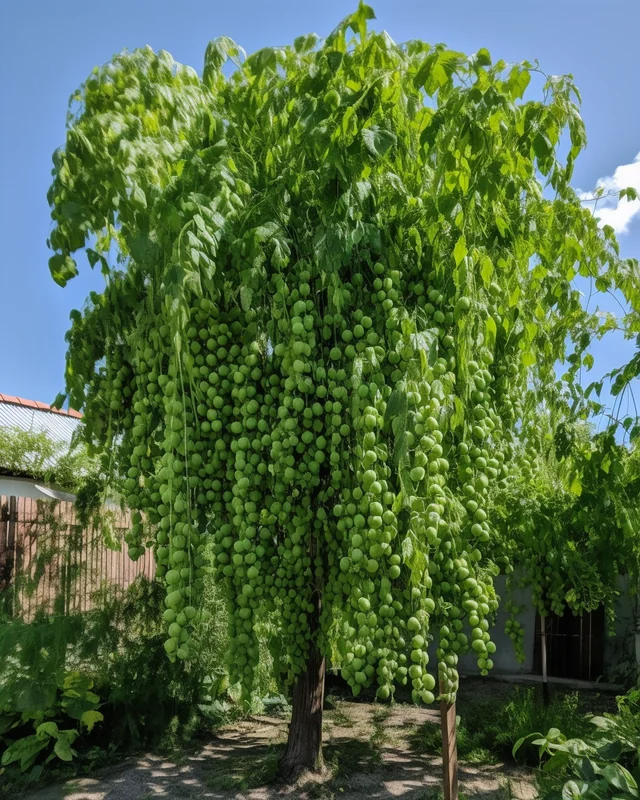
In the ever-evolving landscape of agriculture, a groundbreaking transformation is underway, reshaping the way we cultivate crops. The advent of high-yield crops grown beyond traditional soil-based methods has ushered in a new era of agricultural efficiency and abundance.
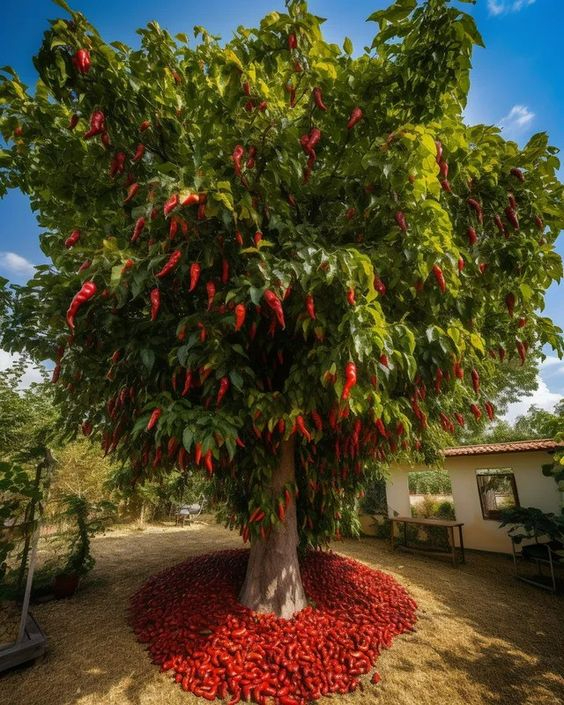
Traditionally, farmers relied on fertile soils to nurture their crops, a process limited by geographical constraints and weather fluctuations. However, the agricultural revolution has introduced innovative techniques that transcend these limitations. High-yield crops, often cultivated hydroponically or aeroponically, are showcasing remarkable advantages over their soil-grown counterparts.
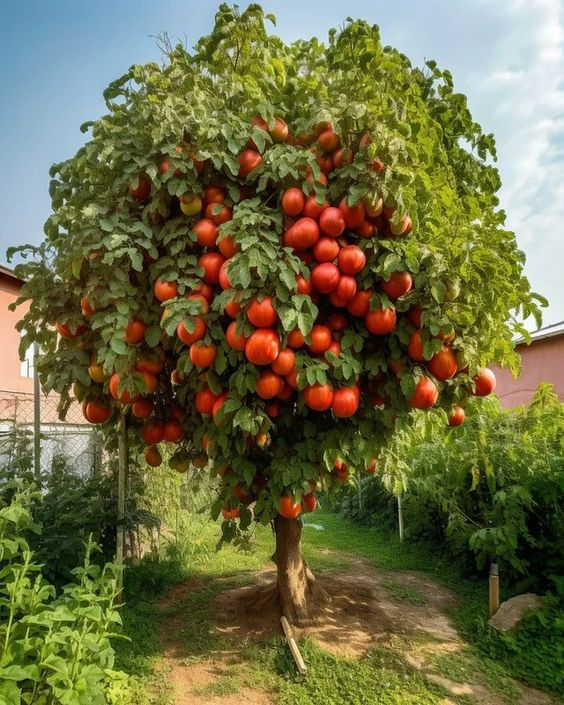
Hydroponic and aeroponic systems provide plants with precisely controlled nutrient solutions, optimizing their growth conditions. This method eliminates the need for soil, allowing crops to flourish in controlled environments, irrespective of external factors. As a result, crops are shielded from soil-borne diseases, pests, and adverse weather conditions, ensuring a more reliable and consistent harvest.
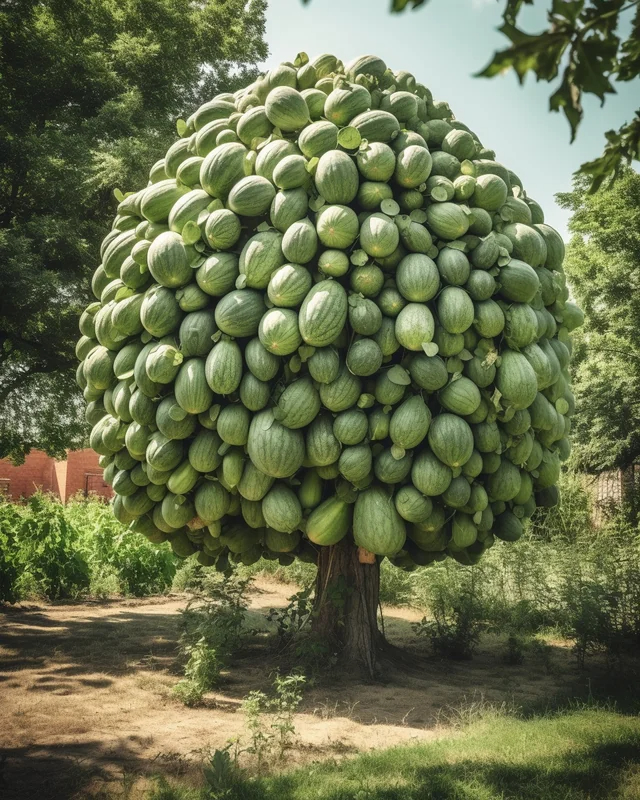
The controlled environments of hydroponic and aeroponic systems also allow for year-round cultivation, decoupling harvest cycles from seasonal variations. This groundbreaking shift in the agricultural paradigm ensures a continuous and reliable supply of fresh produce, regardless of external factors that could traditionally impact crop yields.
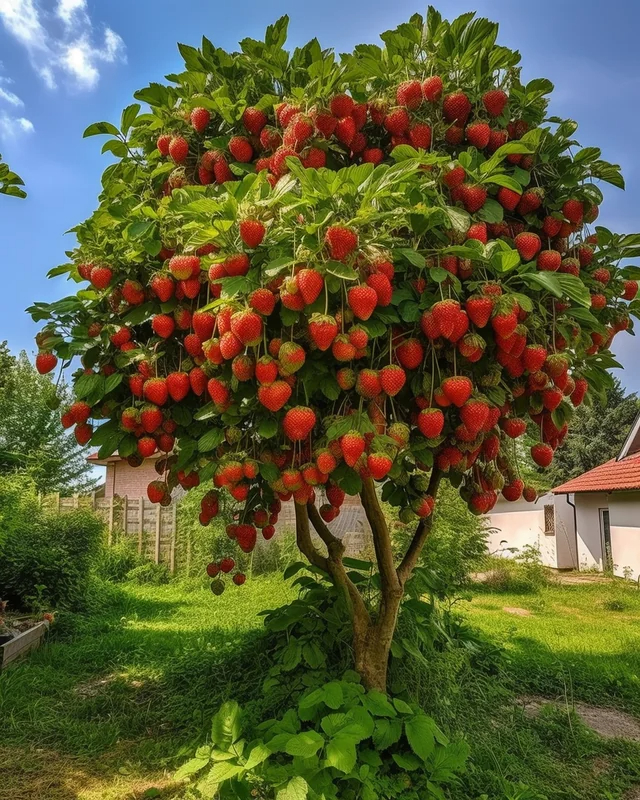
Moreover, high-yield crops boast accelerated growth rates, significantly reducing the time from planting to harvest. This efficiency not only maximizes production but also minimizes resource consumption, making these agricultural methods more sustainable and environmentally friendly.
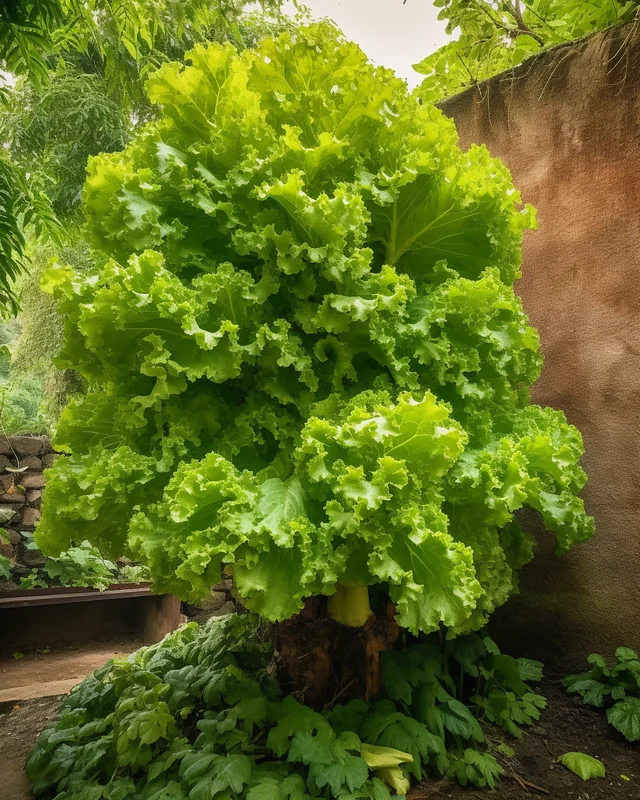
The benefits extend beyond quantity; high-yield crops often exhibit enhanced nutritional profiles. The controlled environments enable precise adjustments of nutrient levels, resulting in produce that is not only more abundant but also richer in essential vitamins and minerals.
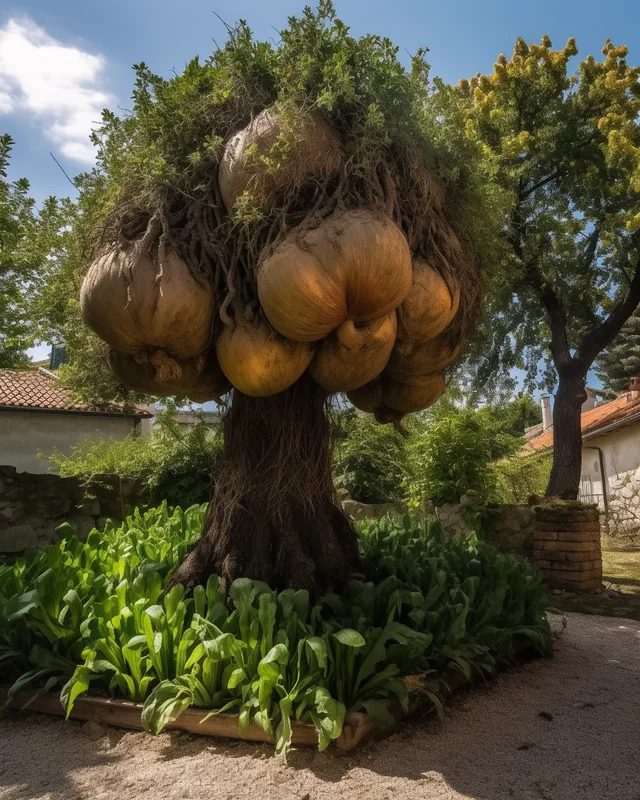
The agricultural revolution’s emphasis on high-yield crops heralds a promising future for global food security. By embracing these advanced cultivation methods, we open doors to increased crop yields, reduced environmental impact, and a more resilient and responsive food supply chain.

In conclusion, the rise of high-yield crops cultivated through hydroponic and aeroponic methods represents a pivotal moment in the history of agriculture. This revolutionary approach not only surpasses traditional soil-based cultivation in terms of efficiency but also holds the key to addressing the challenges of a rapidly growing global population and a changing climate.

In the ever-evolving landscape of agriculture, a revolution is unfolding with the emergence of high-yield crops that outperform traditional soil-grown counterparts. This transformative shift not only promises increased productivity but also holds the potential to address global food security challenges.

At the forefront of this agricultural revolution are innovative farming techniques that prioritize efficiency and sustainability. Vertical farming, hydroponics, and aeroponics have taken center stage, enabling crops to flourish in controlled environments, independent of soil quality. These methods utilize nutrient-rich solutions and advanced technologies to provide crops with optimal conditions for growth, resulting in accelerated maturation and higher yields.
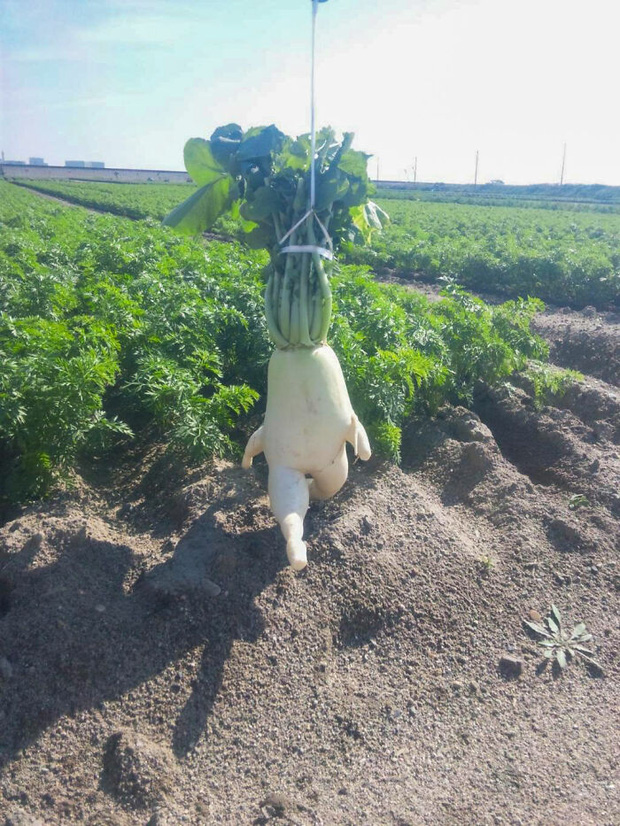
One of the key advantages of high-yield crops is their ability to overcome geographical limitations. Regardless of climate or arable land availability, these crops can be cultivated in urban environments, deserts, or regions with soil degradation issues. By reducing reliance on traditional farmland, the agricultural revolution opens doors to unconventional spaces, ushering in a new era of accessible and sustainable food production.

The controlled environments in which high-yield crops thrive also contribute to resource efficiency. Water consumption is significantly reduced through advanced irrigation systems, and the elimination of the need for chemical pesticides enhances environmental sustainability. This eco-friendly approach aligns with the growing global consciousness about the importance of responsible farming practices.

Moreover, the speed at which high-yield crops mature allows for year-round cultivation, breaking free from the constraints of seasonal cycles. This continuous harvest capability not only ensures a more consistent food supply but also minimizes the impact of external factors, such as adverse weather conditions or natural disasters, on agricultural output.
In addition to addressing food security concerns, the agricultural revolution fosters economic growth. By optimizing land use and increasing crop output, high-yield farming contributes to a more robust agricultural sector. The adoption of technology-driven farming methods also creates new opportunities for employment and innovation within the agricultural industry.
In conclusion, the shift toward high-yield crops represents a pivotal moment in the evolution of agriculture. As we embrace innovative techniques and technologies, we unlock the potential for sustainable, resource-efficient, and globally accessible food production. The promise of bountiful harvests heralds a future where agriculture not only sustains communities but also flourishes in harmony with the environment.

In the ever-evolving landscape of agriculture, a groundbreaking revolution is taking root, reshaping the way we cultivate crops and harvest abundance. The advent of vertical farming, with its high-yield crop towers, is proving to be a game-changer, surpassing traditional soil-based farming methods and unlocking a new era of agricultural productivity.
Vertical farming involves the cultivation of crops in vertically stacked layers, often within controlled environments like skyscrapers, warehouses, or specially designed towers. This innovative approach maximizes space utilization, minimizes resource consumption, and significantly increases crop yields compared to conventional farming.

One of the standout features of vertical farming is its ability to overcome the limitations of traditional agriculture, such as dependence on arable land and vulnerability to weather conditions. By utilizing advanced hydroponic or aeroponic systems, these vertical farms provide crops with precise amounts of nutrients and water, creating optimal conditions for growth.
The towering structures house a variety of high-yield crops, ranging from leafy greens and herbs to fruits and vegetables. The controlled environment allows for year-round cultivation, eliminating seasonal restrictions and ensuring a constant and reliable food supply. This resilience against external factors contributes to food security in an increasingly unpredictable climate.

Beyond the impressive yield metrics, vertical farming promotes sustainability by reducing the need for vast expanses of farmland and minimizing water usage. The vertical arrangement of crops also facilitates easier pest control, decreasing the reliance on pesticides. Additionally, the proximity of vertical farms to urban centers significantly shortens the supply chain, reducing transportation-related carbon emissions.
The benefits extend beyond quantity to quality as well. The controlled environment in vertical farms enables precise control over factors like temperature, humidity, and light, resulting in consistently superior produce. This not only caters to the demand for fresh, locally sourced food but also meets the discerning standards of modern consumers.

As the agricultural landscape embraces this revolutionary approach, the potential for vertical farming to redefine global food production is immense. The scalability and adaptability of these high-yield crop towers make them suitable for a variety of environments, from urban landscapes to remote regions with limited arable land.
In conclusion, the agricultural revolution ushered in by vertical farming and high-yield crop towers marks a pivotal moment in our quest for sustainable and efficient food production. This innovative approach not only addresses the challenges of traditional farming but also offers a promising solution to feed the growing global population while minimizing the ecological footprint. The ascent of vertical farming stands as a testament to human ingenuity, reshaping the future of agriculture one crop tower at a time.

In the ever-evolving landscape of agriculture, a revolutionary transformation is taking root – the advent of high-yield crops that outshine traditional ground-based cultivation. This agricultural revolution holds the promise of bountiful harvests and a more sustainable future.
Gone are the days when traditional farming methods were the sole means of food production. Today, innovative solutions are emerging, notably in the form of high-yield crops cultivatedaove ground. Vertical farming, hydroponics, and aeroponics are spearheading this agricultural revolution, redefining the way we grow and harvest crops.

Vertical farming, in particular, represents a paradigm shift in agricultural practices. By stacking crops in vertical layers, often in controlled indoor environments, farmers can maximize space utilization while minimizing environmental impact. The controlled conditions allow for precise regulation of temperature, light, and nutrients, creating an optimal environment for plant growth.
Hydroponics and aeroponics further contribute to this agricultural revolution by removing the need for traditional soil. Instead, these methods involve growing plants in nutrient-rich solutions or suspending them in air while providing essential nutrients directly to the plant roots. This soil-less approach not only conserves water but also reduces the risk of soil-borne diseases.

The advantages of high-yield crops are manifold. First and foremost is the significant increase in productivity. These innovative methods enable year-round cultivation, minimizing the impact of seasonal changes on crop yields. Additionally, the controlled environments allow for precise management of resources, resulting in faster growth cycles and higher overall yields.
Furthermore, high-yield crops cultivatedaove ground offer a solution to the challenges posed by shrinking arable land and the increasing global demand for food. By maximizing space efficiency and reducing the need for vast expanses of land, these methods ensure that agriculture can adapt to the changing needs of our growing population.

This agricultural revolution also aligns with sustainability goals by reducing the reliance on traditional farming practices that often involve extensive water usage, pesticide application, and deforestation. The streamlined resource management of high-yield crops minimizes environmental impact, making them a more eco-friendly alternative.
In conclusion, the move towards high-yield crops cultivatedaove ground marks a significant stride in the realm of agriculture. This revolutionary approach not only addresses the challenges of traditional farming but also heralds a new era of sustainable, efficient, and productive food production. As we embrace these innovative methods, we pave the way for a future where the bounty of the harvest knows no bounds.

In the agricultural revolution, high-yield crops have emerged as the vanguard of innovation, surpassing traditional soil-based cultivation in both productivity and abundance. Vertical farming, with its efficient use of space and controlled environments, heralds a new era in agriculture. These towering structures cultivate crops in stacked layers, utilizing advanced technologies such as hydroponics and aeroponics. The result is a remarkable increase in yield, as these high-productivity crops thrive in optimized conditions. The revolutionized agricultural landscape is marked by bountiful harvests, paving the way for sustainable and resource-efficient farming practices that hold the promise of feeding our growing global population.




